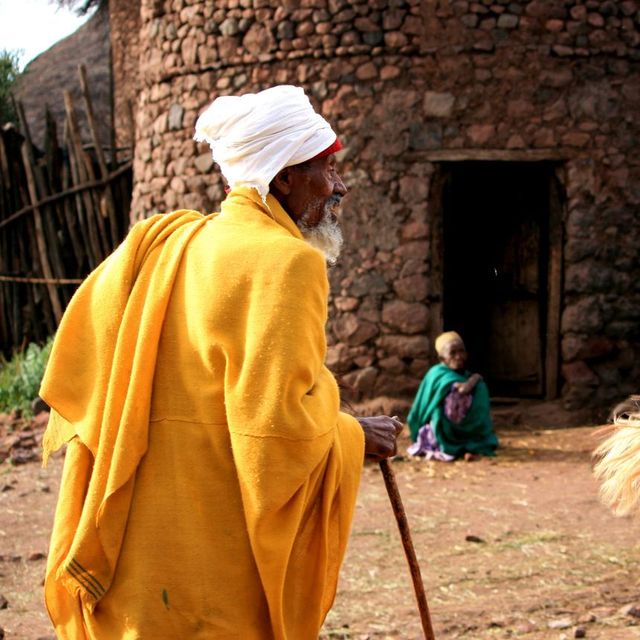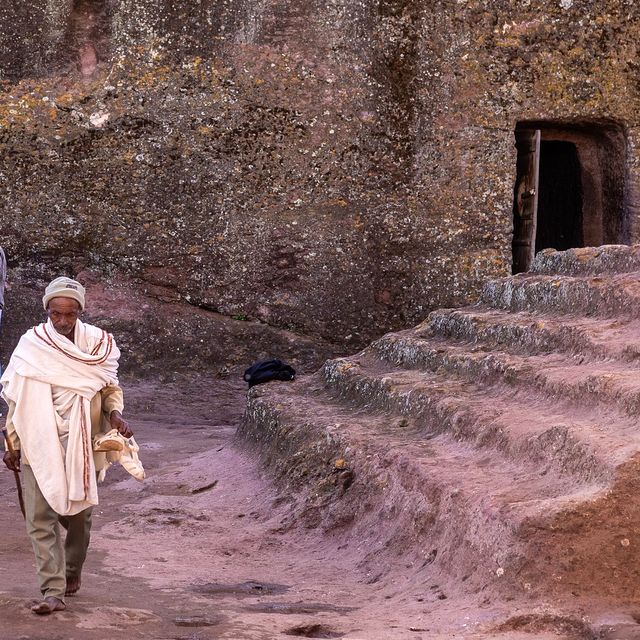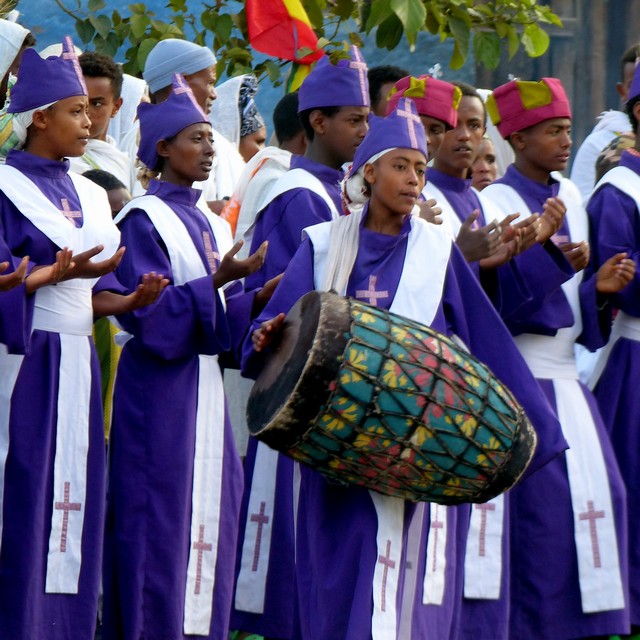
Ethiopian Odyssey
Ethiopia
Culture | Tribal
Rock-hewn churches, endemic wildlife and tribal culture
£5,395 pp
This is the per person group tour price, based on 2 sharing. The price is subject to change with exchange rate and flight cost fluctuations.
21 days

